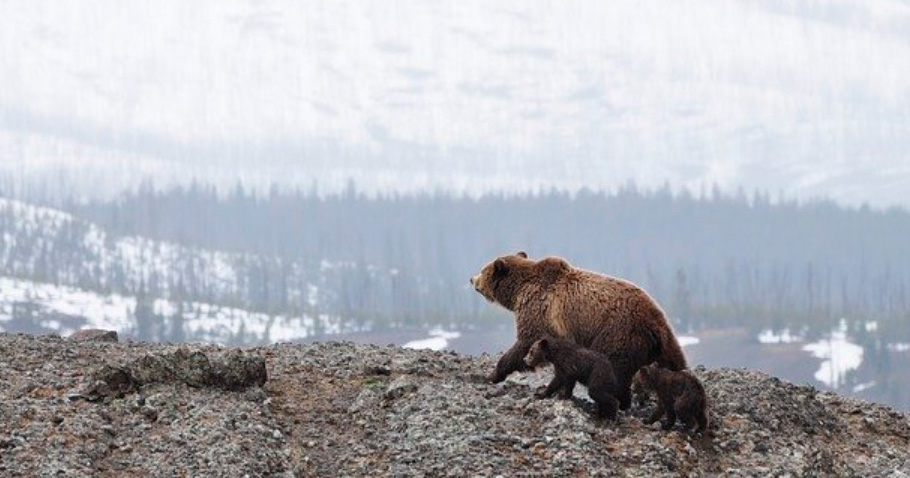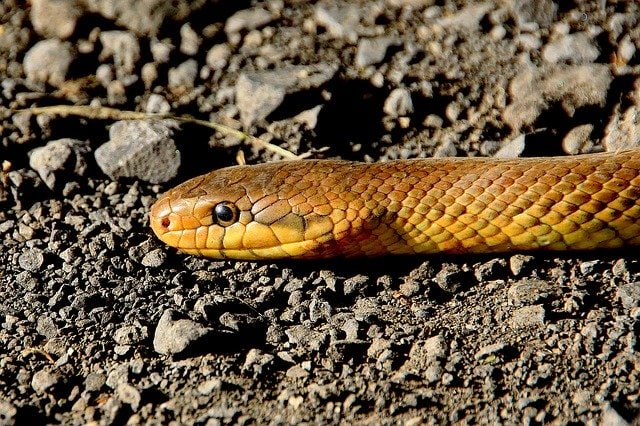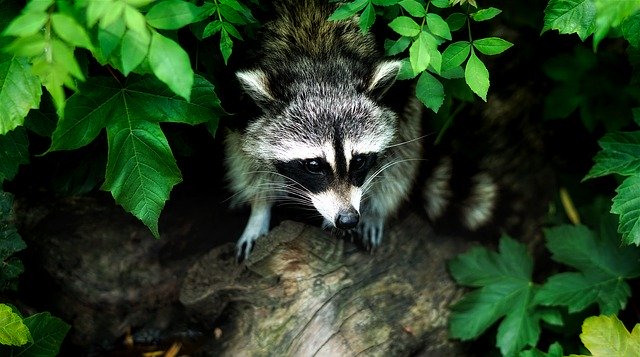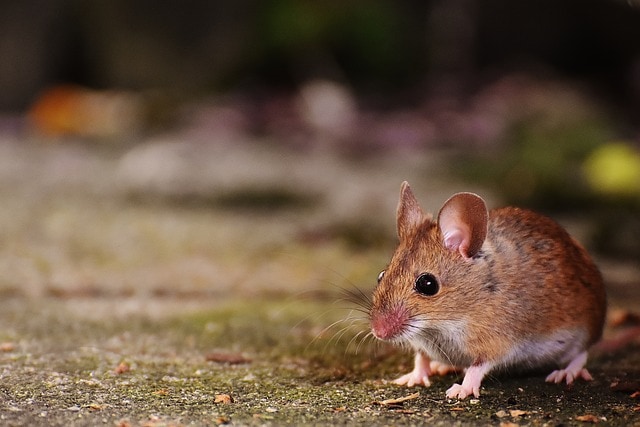One of the best parts of hiking and backpacking is seeing the wild animals roam around in their natural habitat, minding their own business. You never know what you might see, it could be a humble squirrel or a small mouse, and rarely, you’ll meet a deer or a bigger animal like a moose. It’s best not to bother any animal you meet out in the wild.
You’d do well to avoid any contact with wild life. Not wanting to connect with humans is what keeps wildlife, wild, and we should keep it that way. Mice and squirrels that learn to associate humans with food will be a pest in the future. Bears that learn that humans bring food with them get reallocated at best, or shot by rangers at worst. Staying safe should be everyone’s priority, and even if the wildlife seems like it wants to interact with you, it’s much better if you admire it from afar.

How to reduce wildlife encounters
1. Give any animals a lot of space
If you encounter an animal on the hiking trail, avoid coming close to it. Wild animals are unpredictable, unlike our domesticated dogs and cats at home that we can pet on the street.
A deer, a rabbit or a beaver that looks like it’s friendly might be very frightened and ready to attack you in self-defense; don’t approach it. Treat any animal you meet as if you’d treat a snake or a skunk; don’t get any closer and go around it slowly.
2. Try to notice animals while you walk
Don’t let your mind and your attention wander and focus on where you’re stepping and keep your eyes ahead, especially when you’re hiking with friends. Don’t wear headphones and be mindful. Most scared animals will make noises to try to scare you off before they attack out of desperation. Use a sturdy walking stick or trekking pole to hit any rocks and stumps you’re going over to scare off any snakes or other creatures hiding there.

2. Make some noise
Humans are taller, heavier and noisier than 99% of the animals you’ll meet on the trail, and all other wildlife is scared of us. While we do not want to harm any wildlife, we should be mindful that most animals will actively avoid us. But making noise and having loud conversations with friends or singing along will potentially warn any animal that you’re coming and that they can move to a quieter place.
3. Avoid hiking at dusk or dawn
Most animals are crepuscular, like rabbits and bears; that’s a $5 word that means most active at dusk and dawn. Most animals sleep during the day and the night; some animals sleep up to 16 hours per day. If you hike during the day, you won’t meet many animals along your way because they’re asleep in their small nests. An animal that’s surprised and woken up might attack you, so be sure to make some noise while you’re walking along.

4. Know the wildlife of the area you’re hiking
If you’re hiking in bear country, you should better know it. Potential dangerous animals you can meet on the trail are cougars, coyotes, wolves, bears, snakes, skunks, badgers and moose; you should know what to do if you meet these animals. Most of the time, you’ll both ignore each other and move away, but you should err on the safe side.
5. Keep your camp extra clean
Animals are curious and hungry, and if you keep your camp very clean, cook away from your camp and properly store your food, your trash, your hunting knife, your cookware and your other hygiene products like wet wipes.
Use a bear container to store your food in; the bear container is not only bear-rated, but it also keeps mice and other rodents away from your tent. Wildlife doesn’t respect ownership, and mice and raccoons will happily eat through your tent and other gear to get your food or your trash. Don’t underestimate how fast a mouse will eat through your tent, your backpack and your sack, and keep your camp safe.

